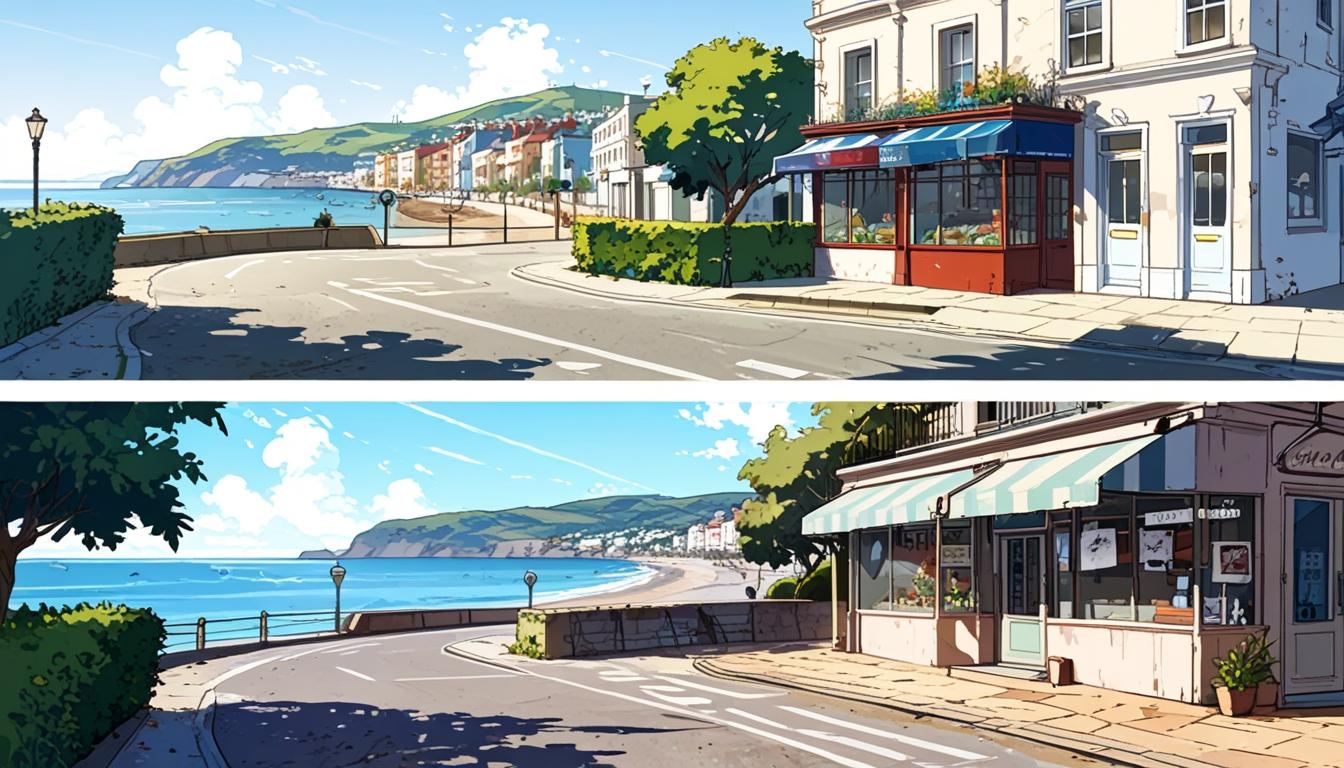The contrasting fortunes of Clacton-on-Sea and Frinton-on-Sea reflect not just geographical proximity but a profound economic and social divide that encapsulates larger trends affecting many coastal towns in the UK. Once a beacon of seaside tourism and local charm, Clacton is now grappling with severe socio-economic challenges, including escalating unemployment, a rise in drug use, and increasing crime rates. In stark contrast, the neighbouring Frinton has thrived, attracting wealthier residents and maintaining an air of exclusivity that its inhabitants fiercely protect.
Clacton, which has seen a marked decline in its economic vitality, is currently identified as one of the most deprived areas in the UK. Locals have expressed deep concerns about rising unemployment rates, with recent figures indicating that nearly 47% of the working-age population is classified as economically inactive—significantly higher than the national average. This statistic reveals an alarming reality for many residents who have reported difficulties in finding stable employment. The situation has been exacerbated by a reliance on seasonal tourism, which offers limited job opportunities, leaving the town desolate during the winter months. Moreover, almost half of the local children are living in poverty, highlighting the severe economic strain on families.
Safety is also a pressing issue in Clacton, where crime rates have surged. It has been reported that the town has the highest crime rate among medium-sized towns in Essex, with a particularly notable prevalence of violent and sexual offences. Residents like Paul Hailstone paint a grim picture of daily life, citing pervasive drug activity and a lack of visible law enforcement. Calls for government support have become increasingly urgent, as the community grapples with an unsettling cocktail of economic and social issues.
Conversely, just seven miles away, Frinton-on-Sea presents a strikingly different landscape. With average house prices soaring to around £800,000, the town is known for its affluent community characterised by retired professionals and wealthy Londoners seeking serene seaside living. The high street, often referred to as the "Bond Street of East Anglia," boasts a vibrant array of independent shops that thrive year-round, a testament to the strong economic health of the area. Business owners report a flourishing trade, indicating that the local economy is buoyant and the demographic unique.
Frinton's resistance to change is notable; the town opened its first pub only twenty years ago and fiercely opposed the introduction of a budget supermarket, reflecting a community deeply committed to preserving its character. This sense of exclusivity often leads to perceptions of "snobbery" from Frintonians towards their Clacton counterparts, which some Clacton residents, like Richard Pegg, acknowledge but reject as unfounded. The distinction between the two communities adds complexity to local interactions, serving as a reminder of the broader social stratifications that define economic success and community spirit.
While Frinton's high standard of living offers its residents a sense of security and community, the socioeconomic divide raises important questions about class and regional disparity in the UK. Critics argue that places like Clacton have historically been overlooked in terms of government investment, despite recent promises of a £20 million regeneration project aimed at revitalising the town. Initiatives like improving local shopfronts and constructing a new library are steps in the right direction, but they also underscore the historical neglect of such communities, contrasted sharply against Frinton's recent prosperity and continued growth.
The tale of these two towns serves as a microcosm of the challenges faced by many seaside communities across the country. While economic rejuvenation efforts might offer hope, the entrenched disparities and varied prospects of Clacton and Frinton highlight the need for a broader and more equitable socio-economic strategy that addresses not only infrastructural development but also the deep-rooted social challenges that many still face.
In essence, the juxtaposition of Clacton’s struggles with Frinton’s success prompts a critical examination of what it means to thrive in modern Britain—a discussion that extends far beyond the confines of two neighbouring towns to touch on national identity, economic policy, and community resilience.
Reference Map
- Paragraph 1: [1], [2]
- Paragraph 2: [1], [2], [3], [6]
- Paragraph 3: [2], [3]
- Paragraph 4: [1], [4], [5]
- Paragraph 5: [1], [3]
- Paragraph 6: [1], [7]
- Paragraph 7: [2], [6]
Source: Noah Wire Services
